
All categories
Featured selections
Trade Assurance
Buyer Central
Help Center
Get the app
Become a supplier

(7959 products available)
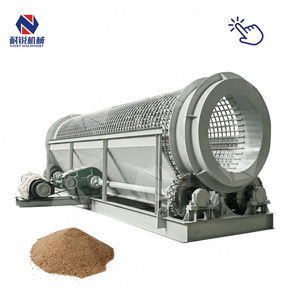

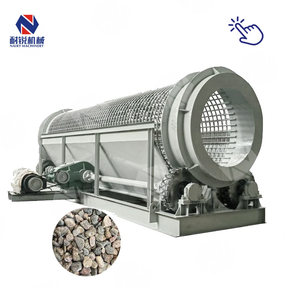
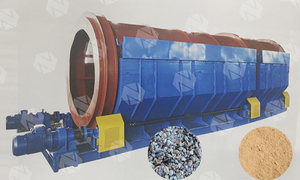

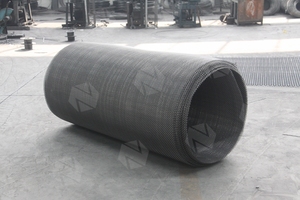









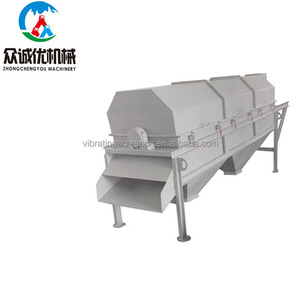
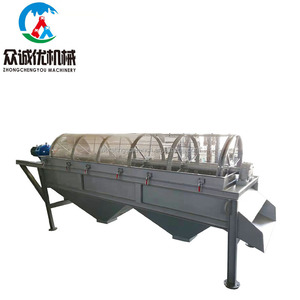
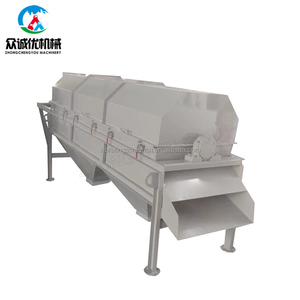
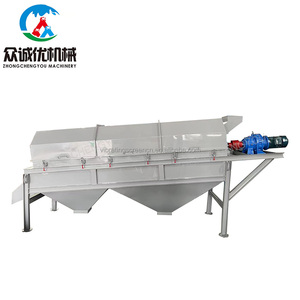

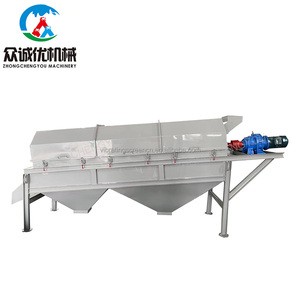

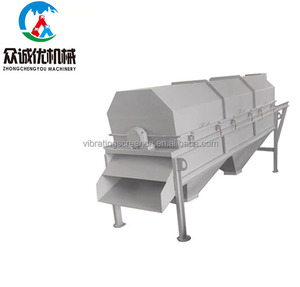


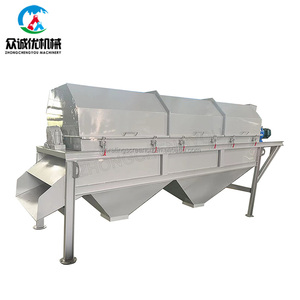

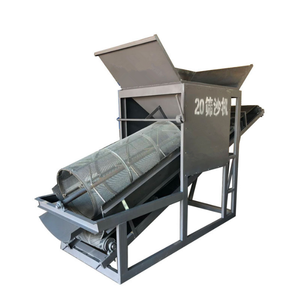





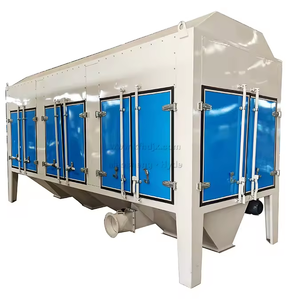
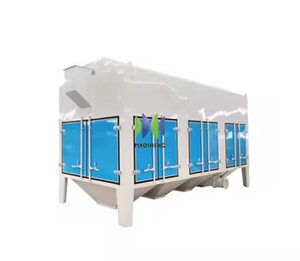


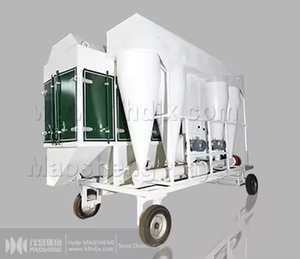

A drum sieve refers to a type of industrial sifting equipment often used in the separation of solid particles. It is made in a cylindrical shape and further rotated to facilitate the screening process of varied materials. There are two main kinds of drum sieves: the perforated drum sieve and the patch drum sieve.
Generally, a rotary drum sieve works by feeding the material to be screened into the rotating drum, either through gravity or a belt feeder. The drum then rotates around its horizontal axis, causing the material to stratify as the larger particles are filtered out through the screen openings while the smaller ones pass through the sieve.
The specifications of a drum sieve may vary according to the manufacturer and the use that it is going to be given. Usually, the parameters include the material of manufacture, type, mesh aperture, power, capacity, among others.
In the following lines, some key features of the drum sieve are revealed.
Usually, when it comes to industrial sieves, maintenance is mostly periodic inspections. Operators should pay attention to bolts and fittings to see if any of them need adjustment or maintenance. Also, they should inspect the trommel drum for cracks, corrosion, or damage. If there are any, they should sort them out immediately. The trommel drum has to be lubricated regularly. The friction that power transmission elements have requires them to be oiled or greased according to the manufacturer's instructions. Lubricate the bearings, seals, and other moving parts.
V-belts and other transmission elements should also be inspected periodically for wear or looseness. They should be adjusted or replaced if necessary. The power of the motor should be checked from time to time as well as the drums'revolution. Manufacturers usually supply instructions with the recommended motor power and drum speed for the trommel to operate efficiently. They should be followed to ensure that the sieve works appropriately and to avoid excessive wear and tear of the trommel's parts.
If the sieve is exposed to the elements, such as rain, snow, or sun, it ought to be covered to prevent damage outlined in the previous paragraph. Businesses that have undergone sieve inspections for corrosion because it's common for these devices to suffer from corrosion due to chemical reactions facilitated by humidity and temperature.
Business buyers need to consider several factors when choosing drum sieves for industrial applications. They should start by identifying the materials and applications for which they intend to use the drum sieves. Different industries use drum sieves for different purposes, so the buyer needs to get a sieve that will satisfy their specific need.
Next, buyers need to consider the separation characteristics of the drum sieves they want to purchase. The mesh size and filter surface of the drum sieves they are choosing will have an impact on the desired separation. When considering the characteristics of the drum sieve, the buyer needs to put the sieve's effectiveness, available filter surface, and particle size into careful consideration.
Buyers need to check the construction material of the drum sieve they want to choose. The construction material affects the durability and compatibility of the drum sieve. Buyers should get drum sieves constructed with materials that are suitable for their applications and corrosive conditions.
Buyers need to consider the operation and maintenance requirement of a drum sieve before choosing one. Different drum sieves have different operational complexities and maintenance requirements. Therefore, after considering the operation and maintenance requirements of the drum sieve candidate, buyers should choose to purchase those that can be integrated successfully into their workforce and maintenance system.
More importantly, buyers need to consider their sieves' integration and scalability features. The functionality, capacity, and flexibility of the industrial drum sieves filtering capabilities are essential to consider when choosing the sieves. Buyers should look for a drum sieve that can integrate with existing systems and, at the same time, have expandable features so it can adapt to future needs as their business grows.
Finally, buyers must consider the supplier reputation. They should choose reputable suppliers that have a good track record. This ensures that the buyers have a drum sieve that offers performance and reliability according to industry standards.
Q1: What is the difference between a drum sieve and a rotary drum screen?
A1: The drum sieve is designed to separate solid particles from liquids. There may be varying mesh sizes to achieve different outcomes. On the other hand, the rotary drum screen is mainly used in wastewater treatment. It separates solid materials from water. Also, the rotary drum screens can be used to separate oversized materials in the mining industry.
Q2: Can a drum sieve be repaired after it is damaged?
A2: Yes, a drum sieve can be repaired after damage. The parts that are damaged can be replaced, including the frame, rollers, and mesh. In some cases, the drum may be repaired if the damage is minimal.
Q3: What are some safety precautions to take when using a drum sieve?
A3: Always wear safety gear, including goggles, earmuffs, gloves, and a mask. The drum sieve operates at high speed and can throw out dust and debris. Therefore, it is better to be cautious and avoid all risks. Ensure all safety guards are in place before operating the sieve.
Q4: Can a drum sieve be automated?
A4: Yes. In fact, many modern drum sieves are automated. They are fitted with a feeding system to help streamline operations. Automation helps improve productivity and efficiency in the industry.